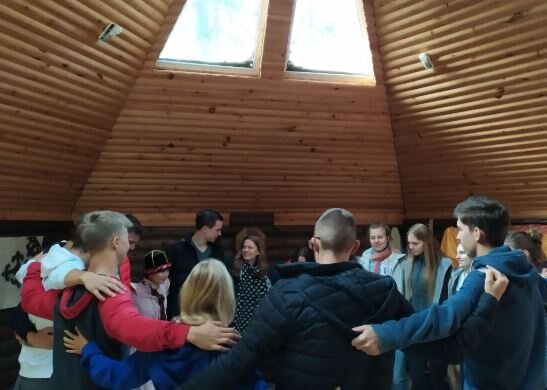
Like in an immersion program, the youth became recipients and participants in an art space where community culture bearers and experts in folk crafts and music shared their mastery of these fields, which were bolstered by educational tours and evenings of performances by Altaian artisans and musicians. The diverse program included hosting artists who conducted classes on the creation of amulets, Altaian doll-making, and demonstration lessons on playing the komus (mouth harp). Through public performances, the “Altai Hospitality” was demonstrated many times over which earned impressive insights from visitors and tourists.
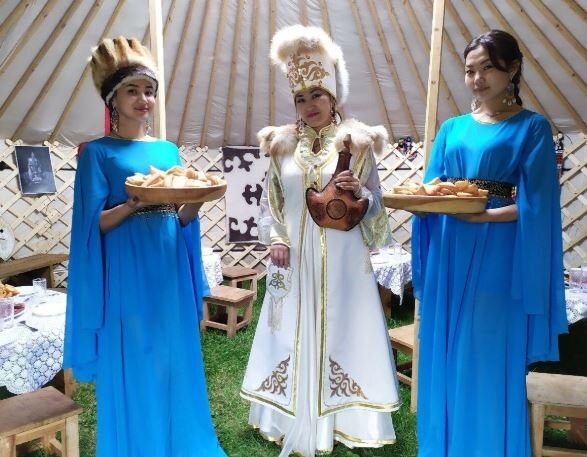
The project was a welcome development that has encouraged the locals to look closely into their culture and deepen their understanding of their indigenous identity and Altaian ways; for them to retain the authenticity and integrity of their culture in the wake of aggressive tour promotions and commerce-driven patronage that misrepresent them. The ethnocenter is providing the best appropriate venue to learn about Altaian culture from the Altaians themselves. Dynamic and inter-active, the workshops are geared towards peace-building and inter-cultural exchange and artistic trainings.
The Aichus as a center and institution is also the yurt as hub for a growing indigenous youth movement reconnecting with their roots and life ways. Located in Manzherok, the scenic gateway to the mountainous region of Altai Republic, both local and international travellers and tourists are given a new perspective by the youth in appreciating culture.
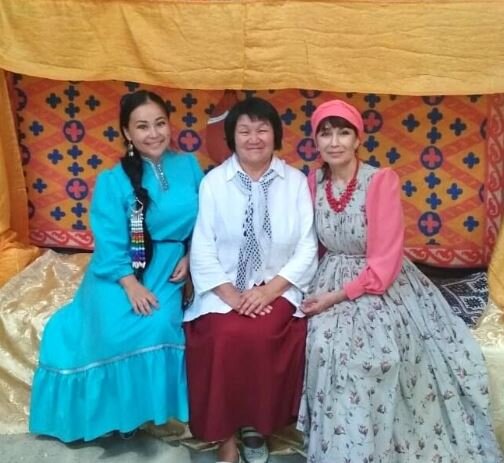
More creative and innovative means were conceptualized to draw in the youth’s interest, participation, and involvement. Keeping up with the challenges that come with the youth’s mobility and technological knowhow, the project implementers and facilitators had to be constantly on their toes to sustain the youth’s commitment and enthusiasm. Providing them with interactive multimedia educational activities is altogether a major undertaking that has to be sustained.
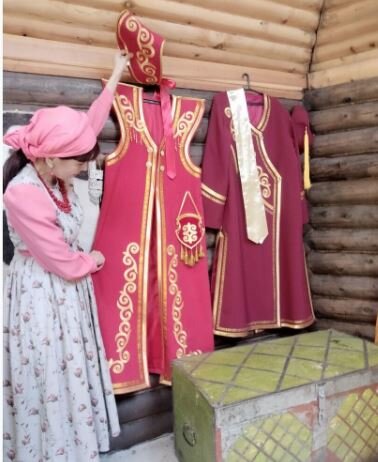
It takes a village to construct a yurt and nurture a generation of youth, so they say, thus the Altai-Kizhi, Telengit, and Kumandin indigenous peoples delved into the project voluntarily. Elders who were knowledgeable about traditional architecture were consulted, after which they contributed time, shared energy, resources and commitment to see through the physical structure’s construction and completion. On their end, the women elders principally took charge of curating the cultural materials, and they were consulted about the interior design and layout of the centre, as well as methods for traditional food and crafts preparation.
The centre that has acquired its sense of purpose has been enriched with a variety of exhibit items such as historic objects from indigenous residents and traditional clothes from an indigenous clothing store. Tangible cultural materials supplement the educational workshops and interactive programs which gave tourists a whole new perspective of indigenous culture.

The indigenous youth, especially students from a local university were privileged to acquire additional knowledge on their own traditions and skills on public speaking and networking, all necessary ingredients to their role as future leaders. Their cultural sensitivity was honed and their knowledge was enriched through exchanges and interaction with guests from all over Russia and even from as far as Poland and Brazil.
The ethnocultural centre has opened opportunities for networking with broad and diverse groups and private and public agencies involved with local and national culture and ethnic tourism. New horizons opened up in terms of long-term partnerships with masters of folk arts, artistic and performing groups and individuals. A youth organization, the Golden Youth Creative Studio was interestingly borne out of the series of workshops. In the field of commerce, a vibrant domestic economy is shaping up with linkages with local enterprises on agricultural products, Altai herbs, felted souvenirs, a restaurant dedicated to Altaian cuisine.
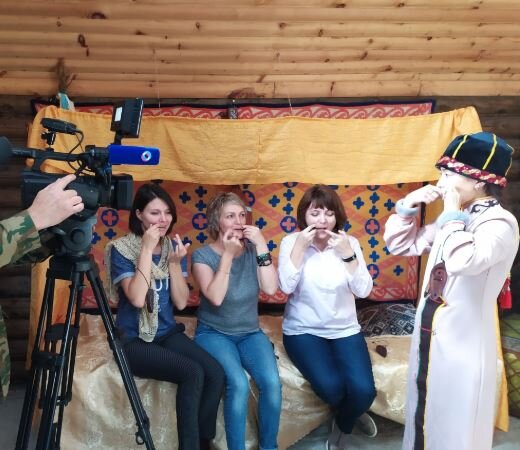

The yurt then is not a mere physical structure. It has become a hub for intergenerational transmission of knowledge, a showcase of dynamic indigenous culture, a new window to appreciate tourism that upholds genuine traditional culture, and a training ground for future Altaian leaders who are deeply rooted in their ways, and will continue to share a deeper understanding of the Altai Republic to the outside world.

(The project “Aichus Ethno-workshop” was implemented by the Altai Indigenous Peoples Youth Initiative Group in Altai Republic, Russia this year, 2019.)
